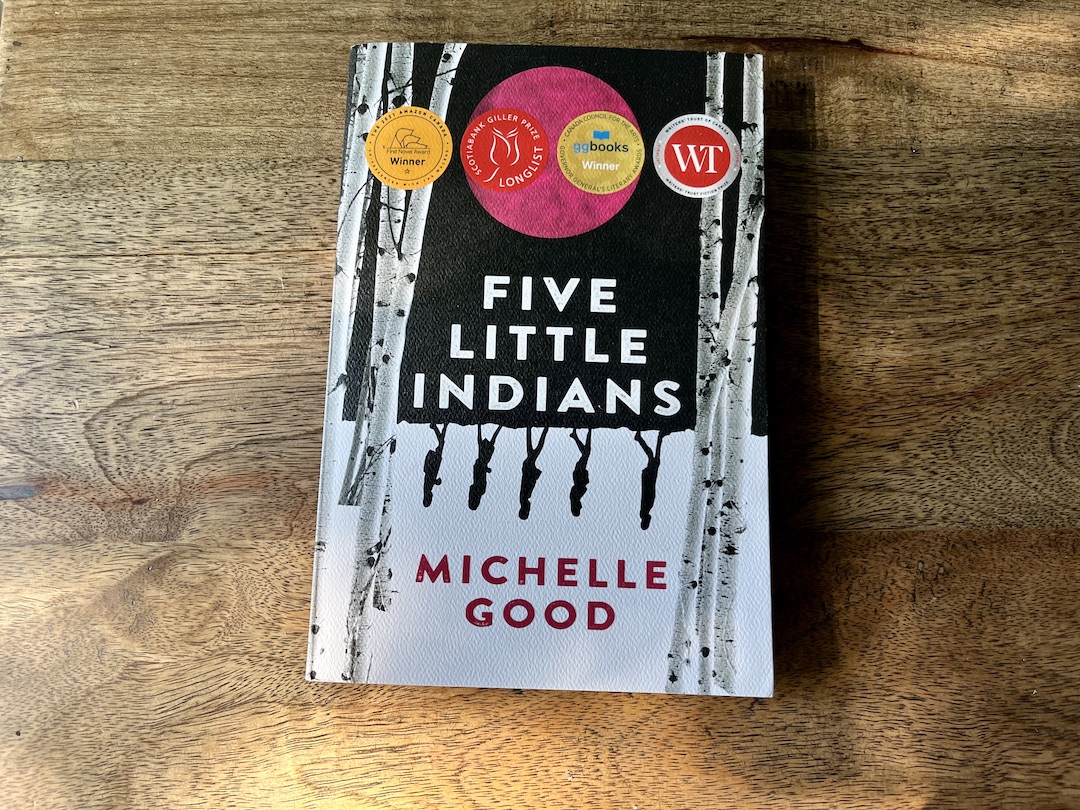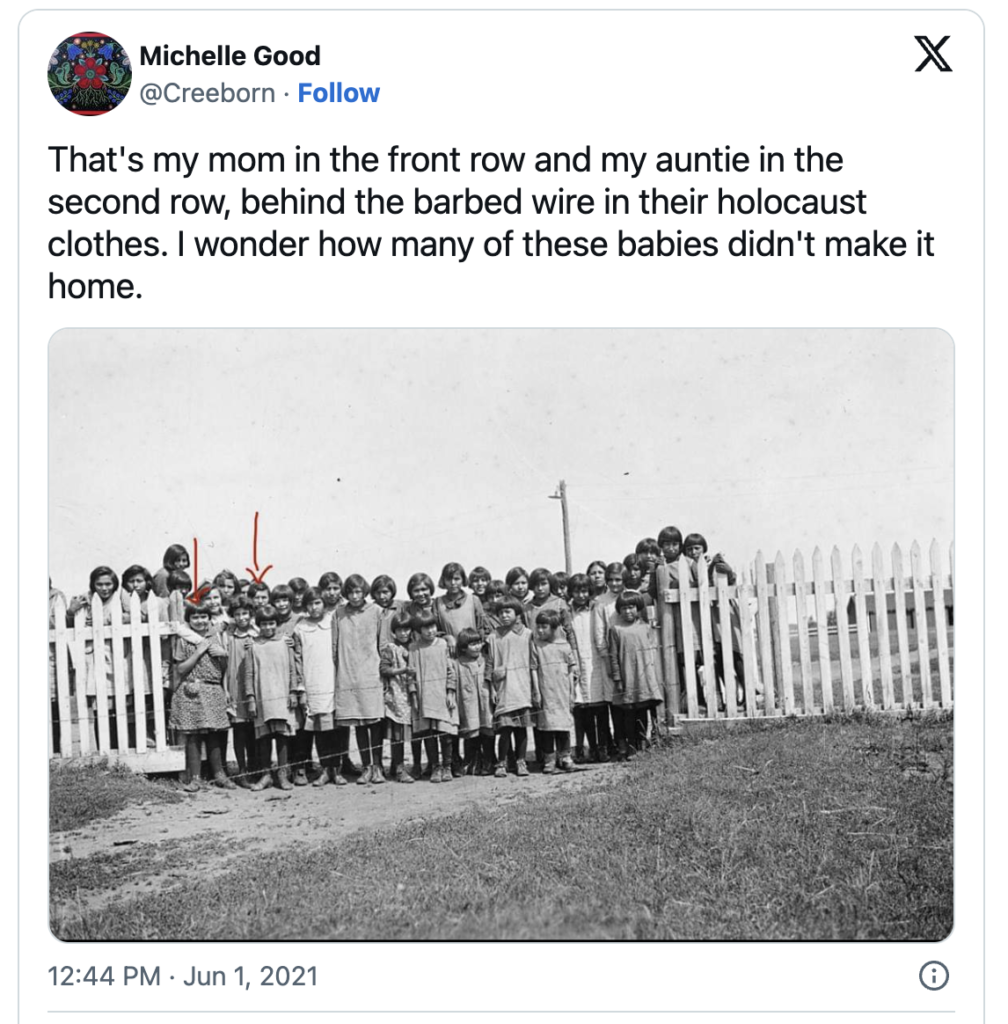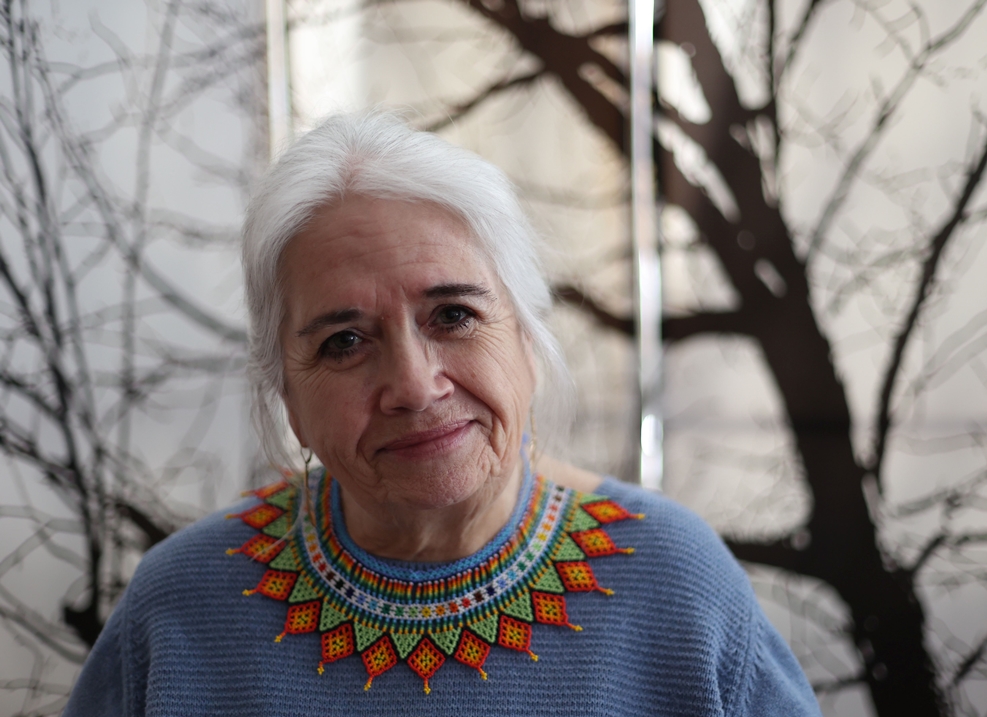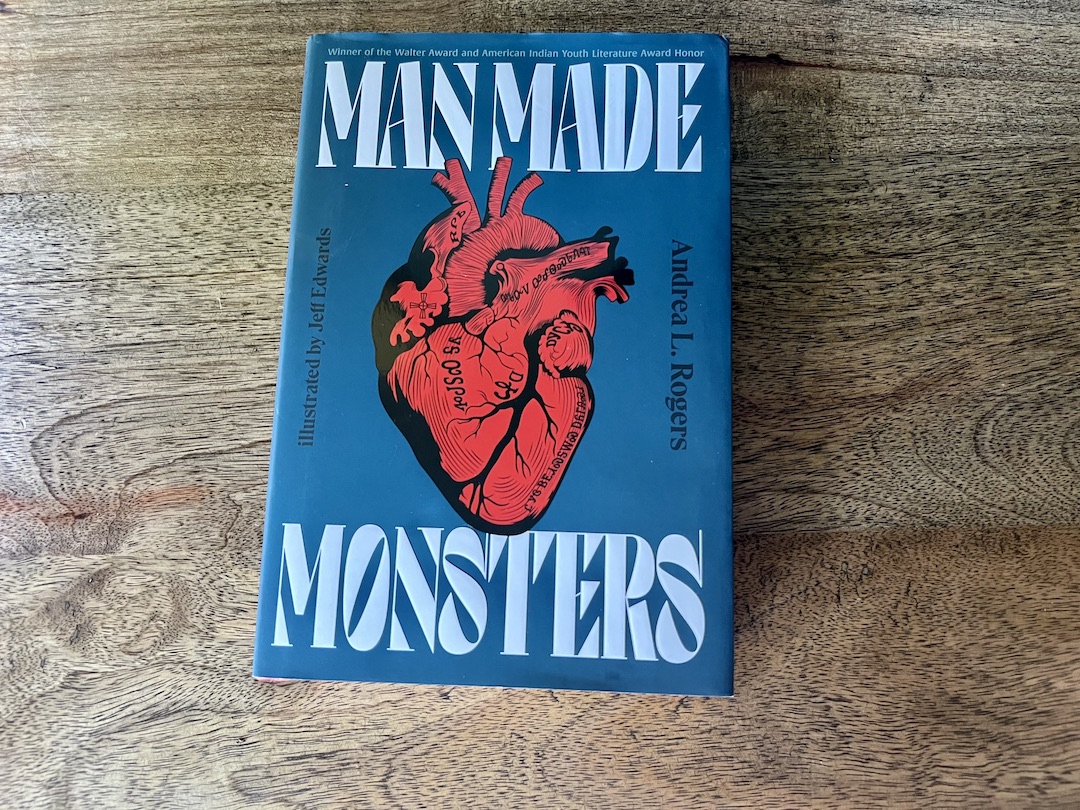
Exploring Trauma and Survival in Michelle Good’s Five Little Indians
Welcome to our final Florida Seminole Tourism Summer 2024 Book Club selection! Throughout June, we have explored small snippet of the offerings in the Native fiction space. From the healing power of community in Powwow Day to the bone-chilling monsters in Man Made Monsters, this year’s book club had something for every reader.
Five Little Indians explores the traumas and scars left behind by the Canadian Indian Residential School System. There were moments in the novel that are incredibly difficult, and with that comes a note of caution to our readers. If you are particularly sensitive to on-page depictions and descriptions of physical and sexual abuse, drug use, suicide, alcohol abuse, PTSD, and violence, we suggest passing on Five Little Indians.
Additionally, although Five Little Indians particularly points to the traumas, past and present, caused by the Canadian Indian Residential School System, it is incredibly important to note that these residential schools also existed in the United States. With varying religious denominations, the inherent goal of these ‘schools’ was to break apart families, communities, and cultures in an effort to eradicate Native peoples through assimilation.
The National Native American Boarding School Healing Coalition has compiled a list of schools by state, showing the vast number of institutions across the U.S. The Indian Boarding School Policy, implemented in the mid 1800s, was “expressly intended to implement cultural genocide through the removal and reprogramming of American Indian and Alaska Native children to accomplish the systematic destruction of Native cultures and communities. The stated purpose of this policy was to “Kill the Indian, Save the Man.” By 1926, nearly 83% of Indian school-age children were attending boarding school. For over 100 years, children were stolen and traumatized, neglected, and murdered in the United States and Canada and the lasting scars of that cultural genocide are what lies at the heart of Five Little Indians.
Five Little Indians by Michelle Good
Revolving around the journeys of five Native children, Five Little Indians is a raw and brutal look at the legacy of pain and trauma attached to the Canadian Indian Residential School System. Ripped from their homes, communities, and families at six years old, they were sent to Arrowhead Mission School. Enduring incredible psychological, sexual, physical, and mental abuse at the hands of Sister Mary, Brother, and Father Levesque, the children of the Mission are forced to quite literally assimilate or die. Kenny and Howie both escape prior to aging out, although in different ways. Clara, Maisie, and Lucy will not leave until there are sixteen, subsequently shipped off to Vancouver with no resources or support. Although the traumas endured at the Mission are a large focus of the novel, we mostly follow the group after they have left and are working to navigate life in the after.
We watch them grow into adulthood, and cope in the ways they know how. Throughout the chapters, we move back and forth between the different characters, tracing their paths as they mature. Clara turns to activism with the American Indian Movement, fueled by rage. Maisie loses herself in risky behavior and dangerous vices.
Kenny never stops running; from job to job and away from his addiction and memories, always circling back to Lucy. Lucy becomes a mother, pouring herself into her daughter and struggling with OCD. Howie goes to prison, then navigates the tricky balance of reentering life. Threaded through are themes of cultural loss, anger, resentment, dysfunction, and yet ultimately resilience and survival. Decades later Lucy and Kenny examine the opportunity to testify in a suit about the abuse they endured:
“Lucy leaned back in her chair hands folded in her lap.
‘They call us survivors.’
‘Yeah.’
‘I don’t think I survived. Do you?’
‘I just don’t know. I am so tired, Lucy.” (251)
Discussion Questions
- Examine the paths of the five survivors. How do they cope? How, and why, do some cope in healthier ways?
- Kendra tells her mother Lucy, “Mom, I don’t know why you go for this.” In reference to her father’s absence and alcoholism, why does Lucy respond, “That’s right Kendra, you don’t”?
- How did the Arrowhead Mission School affect Kendra? What can you see in the prologue? What does this say about generational trauma?
- Lucy roots herself in motherhood, while Kenny wanders aimlessly. In what ways do both their coping mechanisms stem from the same trauma? What about the other characters?
- In what ways does Clara get justice for Lily? In the novel, Clara states “We were children, me and Lily, and neither of us survived, even though I’m still walking.” What does she mean by this? Is it true?
- Systemic racism is incredibly present throughout the novel. One striking moment is at Kendra’s birth, when Lucy is afraid to hold her for fear the nurses will take her away. In what ways do her and Clara take great pains to protect Kendra? Provide other examples of systemic racism throughout the novel.
- Often throughout the book the five characters orbit around each other, lightly brushing or intersecting before coming all back together in the end. Why? What does this symbolize?
- Did you learn something while reading Five Little Indians? If so, what?
Generational and Present Trauma
In a CBC Radio interview with Good after the discovery of 215 children under a former B.C. residential school in 2021, Good emphasizes that the trauma inflicted by residential schools is very present today. Frustrated by the narrative, Good shares that those who don’t understand often downplay the impact. “‘Why can’t you just get over it? It’s history.’ Nobody on Earth would make a similar comment about the Holocaust or 9-11. The book was in response to that, in many ways,” Good continues, “It means that they do not understand that survivors left the schools with this tremendous psychological injury. They left with PTSD, with anger issues, with addiction issues arising from trauma, an inability to have meaningful functional relationships.”
“In my view, even if a child was not sexually or physically abused, they were traumatized before they even got to the school. The moment that the RCMP and the church showed up and took them away from their parents, the lesson that child learned in that moment is that nobody can take care of them, nobody can protect them from harm.” We see this clearly in Five Little Indians, as parents of the five repeatedly try and get their children back, mostly to no avail.

Good’s mother, aunt, and other family members endured the residential school system, which informed her entire life and heavily impacted Five Little Indians. Above, you can see a social media post from Good in 2021, sharing a picture of her mother and aunt in “their holocaust clothes.”
The trauma Good’s mother endured impacted her whole life, and in turn Good’s. “Part of me really believes that my mother got a very clear message: Your Indigeneity is an invitation to brutality and punishment.” Good shared. “I did an interview with someone and they asked me, ‘So how do you think survivors are receiving the book?’ And I said, ‘Well, I’m a survivor.’ Trauma is almost like osmosis. When you’re living with people that have trauma responses, you learn those. To not acknowledge intergenerational harm is to not acknowledge harm, period.”

Michelle Good
About Michelle Good
A Cree writer and author, Michelle Good is a member of the Red Pheasant Cree Nation in Saskatchewan. Five Little Indians takes inspiration from her own family stories, as well as the understanding Good gained working as a lawyer advocating for residential school survivors for over 14 years. Good has worked for other Indigenous organizations throughout her career. She holds a master’s in fine arts in Creative Writing from the University of British Columbia as well as a law degree.
In another CBC interview, Good explains how she went down the path advocating for, and eventually writing about, survivors of the residential school system. She shares “I represented survivors for many years. Before that, when I aged out of foster care because I was a Sixties Scoop kid, many of my own personal experiences were quite similar to some of the characters in the book — struggling to find a way when you’re unceremoniously dumped from the care of some agency. Those kinds of things were cathartic to be able to write about,”
She continues “I first started giving consideration to residential school trauma as a child because my mother was a survivor. There’s a little character in there, a secondary character Lily who haemorrhages to death from tuberculosis. And that was the first story that my mother told me. Lily was a real child, and my mother watched her haemorrhage to death from tuberculosis at the residential school. It was such a shocking thing to be told that it just sent me on this trajectory. This is something that needs to be known. How could anybody, much less my mother, be treated this way?”
Good also explained that her writing also functions as an extension of advocacy for her, saying “I guess when I’m writing something, the major question I ask myself is, “Is this true?” I don’t mean true in terms of factual. I have often said, “Something need not be factual to be true,” but to have an essence of truth, something that is inspirational, that is educational and that contributes something more to the world.”
Resources
Due to the topics explored in this week’s post, Florida Seminole Tourism would like to share a number of resources aimed at healing the trauma caused by residential schools.
United States
Healing Resources through The National Native American Boarding School Healing Coalition.
Canada
Indian Residential Schools Survivor Society
Indian Residential Schools Resolution Health Support Program
Truth and Reconciliation Commission of Canada
Survivor Resources and Crisis Lines
The Florida Seminole Tourism Summer 2024 Book Club
Five Little Indians by Michelle Good is our last summer book club pick for 2024! Did you miss any this year? Below, explore the other six books we have shared this summer. With selections for all ages, we challenge you to pick up something new.
Fry Bread: A Native American Family Story by Kevin Nobel Maillard (Seminole)
Powwow Day by Traci Sorell (Cherokee) and Illustrated by Madelyn Goodnight (Chickasaw)
How I Became a Ghost by Tim Tingle (Cherokee)
A Snake Falls to Earth by Darcie Little Badger (Lipan Apache)
Firekeeper’s Daughter by Angeline Boulley (Ojibwe)
Man Made Monsters by Andrea L. Rogers (Cherokee)
Looking for More?
Below, we have compiled a list of more Native written and illustrated books for adults! We encourage you to include more Native authors and perspectives in your day-to-day reading. Check back in next summer for more of Florida Seminole Tourism’s Book Club picks!
Never Whistle at Night: An Indigenous Dark Fiction Anthology edited by Shane Hawk (Cheyenne/Arapaho) and Theodore C. Van Alst Jr. (Mackinac Bands of Chippewa and Ottawa Indians)
Bad Cree by Jessica Johns (Cree)
And Then She Fell by Alicia Elliot (Tuscarora)
VenCo by Cherie Dimaline (Métis)
Poukahangatus: Poems by Tayi Tibble (Maori)
Night of the Living Rez: Stories by Morgan Talty (Penobscot)
Sisters of the Lost Nation by Nick Medina (Tunica-Biloxi Tribe of Louisiana)
Swim Home to the Vanished by Brendan Shay Basham (Diné)
Author Bio
Originally from Washington state, Deanna Butler received her BA in Archaeological Sciences from the University of Washington in 2014. Deanna moved to Florida in 2016. Soon, she began working for the Seminole Tribe of Florida’s Tribal Historic Preservation Office. Deanna was the THPO’s Archaeological Collections Assistant from 2017-2021. While at the THPO, Deanna worked to preserve, support, and process the Tribe’s archaeological collection. She often wrote the popular Artifact of the Month series and worked on many community and educational outreach programs. She lives in Lakeland, FL with her husband, two sons, and dog.


